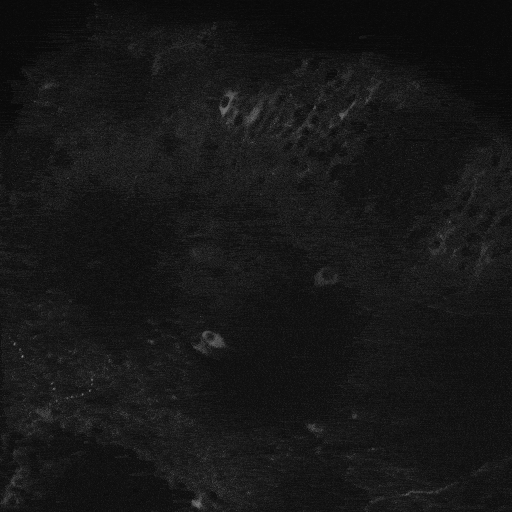Why do brains seize? Our research attempts to answer this question by examining the cellular and circuit level interactions between brain cells, which result in the development of epileptic seizures. We focus on how changes to inhibitory synaptic transmission and neuroinflammatory responses relate to the emergence and termination of epileptic seizures.

Research Projects
Area 1: Plasticity of inhibitory synaptic transmission
- Plasticity of GABAergic signaling in seizures
- Biophysical modelling of Cl- ion homeostasis
- Cl- dynamics and cortical processing
Area 2: Neuroinflammation, neurocysticercosis and epilepsy
- Developing animal models of neurocysticercosis
- Neuroinflammation in epileptogenesis
- Helminthic modulation of neuroinflammation and seizures
Techniques
- Patch-clamp electrophysiology and local field potential recordings.
- In vitro optogenetics.
- Fluorescence microscopy including Ca2+ imaging.
- In vivo EEG wireless telemetry.
- Organotypic hippocampal slice cultures.
- Maintaining a colony of Taenia crassiceps larvae for harvesting secreted and somatic protein.
- Computational and theoretical modelling.